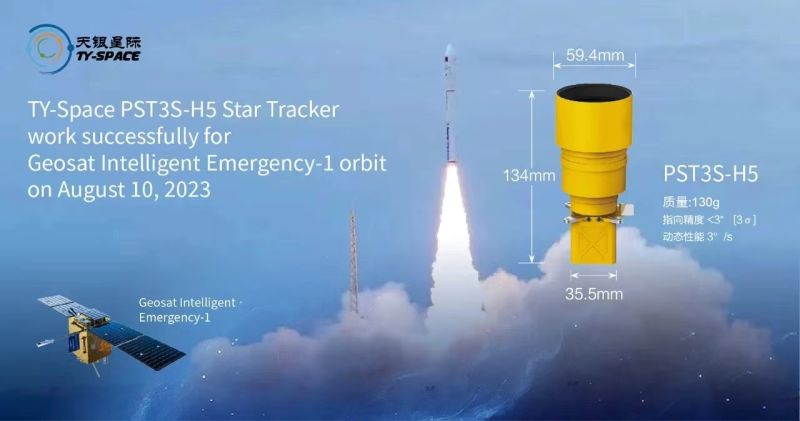
Space missions require spacecraft to maintain a specific attitude, which requires the use of attitude sensors.For example, requiring the space camera lens of reconnaissance satellites or Earth resource satellites to face the Earth; The communication satellite aligns its transmission antenna with the predetermined coverage area; The astronomical satellite’s solar telescope is aimed at the sun. The various interference forces applied to the satellite, including air resistance, meteor impact, solar radiation pressure, gravity gradient torque, satellite magnetic torque, and internal mechanical disturbance force, all affect the stability of the satellite attitude. The task of the attitude control system is to maintain a specific attitude of the satellite according to the requirements of the space mission. An excellent attitude control system should consume less energy, be lightweight, and have small attitude errors, high reliability, and stability.
The general method for determining the attitude of a spacecraft is to select a reliable reference frame, such as inertial space, Earth, Sun, or stars, and create corresponding attitude sensors based on the selected reference frame. Then, based on the information changes measured by the sensors relative to the reference frame, the attitude changes of the spacecraft can be inferred. As a measurement component of the attitude control system, the attitude sensor measures the attitude information of the satellite relative to a certain reference orientation, which is input into the attitude estimator to determine the orientation of one or three axes of the satellite. The working principle and measured information of the attitude sensor used vary for different reference orientations. There are currently more than ten types of attitude measurement sensors used, all of which detect the relative relationship between a reference coordinate system and the aircraft body coordinate system to determine the attitude of the aircraft. Attitude measurement sensors can be divided into six categories based on their reference orientation:
1) Based on the Earth as the reference orientation, there are earth sensors (infrared horizon sensors), etc;
2) Based on celestial bodies, there are solar sensors, star sensors, etc;
3) Using inertial space as the reference orientation, there are inertial devices such as gyroscopes;
4) Based on the ground station as the reference azimuth, there are radio frequency sensors, etc;
5) Based on the terrain, there are landmarks, sensors, etc;
6) Using the Earth’s magnetic field as the reference orientation, there are magnetometers, etc.
These attitude measurement sensors each have their own strengths, and Table 1-1 summarizes their respective advantages and disadvantages. Due to the limitations of their respective error sources, these sensors have different accuracy ranges, typically ranging from 0.0001 ° to 0.3 °.
Among numerous attitude measurement sensors, the most commonly used component is the inertial gyroscope, which can not only obtain attitude parameters but also output the rate of change of attitude parameters. Inertial gyroscopes have high instantaneous attitude measurement accuracy, but their long-term drift is significant. During long-term orbit operation of satellites, the gyro drift of inertial measurement devices is the main source of measurement error, and gyro drift is difficult to compensate. Therefore, it is necessary to regularly calibrate the errors of measurement units to minimize the impact of accumulated errors. Therefore, in order to continuously obtain attitude information, gyroscopes and optical sensors (earth sensors, sun sensors, star sensors) are usually combined. The gyroscopes provide short-term attitude information, and the optical sensors provide calibration signals to correct the drift of the gyroscopes.
Star sensors have the advantages of high accuracy, light weight, low power consumption, no drift, and diverse working modes among numerous attitude sensors. The new generation of star sensors, like inertial gyroscopes, has the ability to autonomously navigate and is an excellent and promising attitude measurement component. Due to the small angle between stars, the stellar image is captured in a vacuum, and the right ascension and right ascension of the stars are accurately known during photography. Therefore, the attitude angle accuracy of the star sensor calculated is very high (in seconds). However, due to the weak starlight, high sensitivity is required for the measuring instrument. At present, the research and application of star sensors are very active and have been widely applied in various fields of aerospace technology such as Earth remote sensing, Earth surveying, planetary exploration, planetary surveying, interstellar communication, and intercontinental missiles.
With the continuous development of attitude sensors in aerospace applications, there will be more satellite launches in the future, serving all aspects of our daily lives. Let’s wait and see together!
Send us a message,we will answer your email shortly!